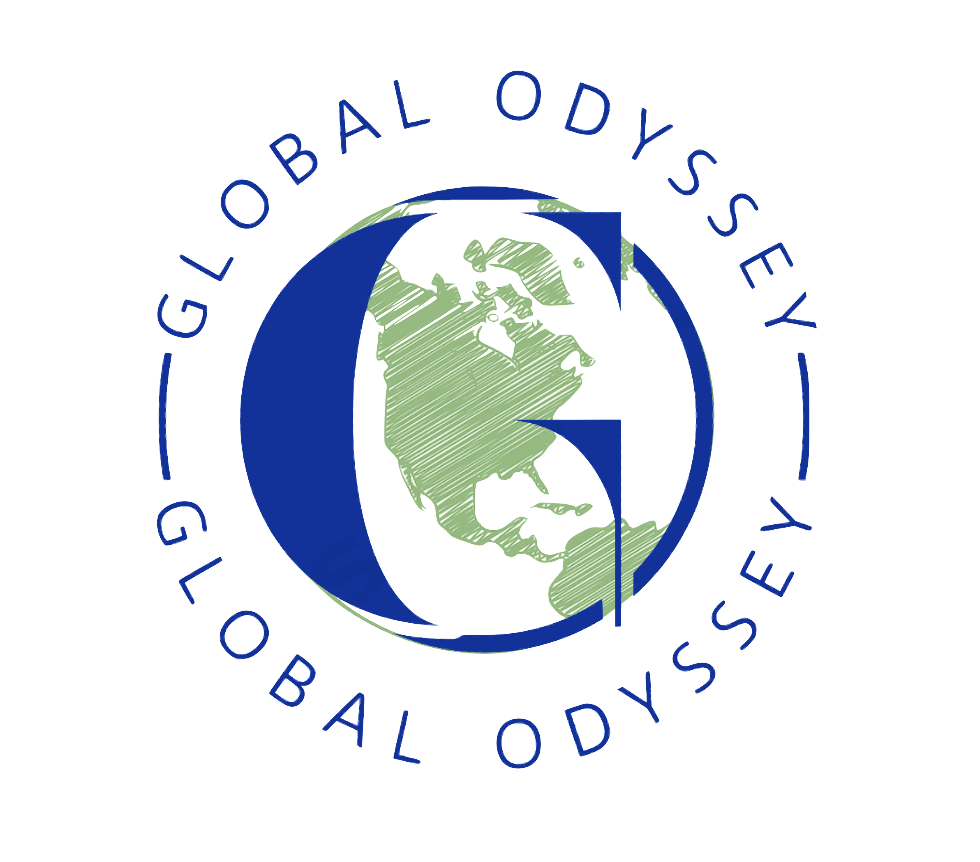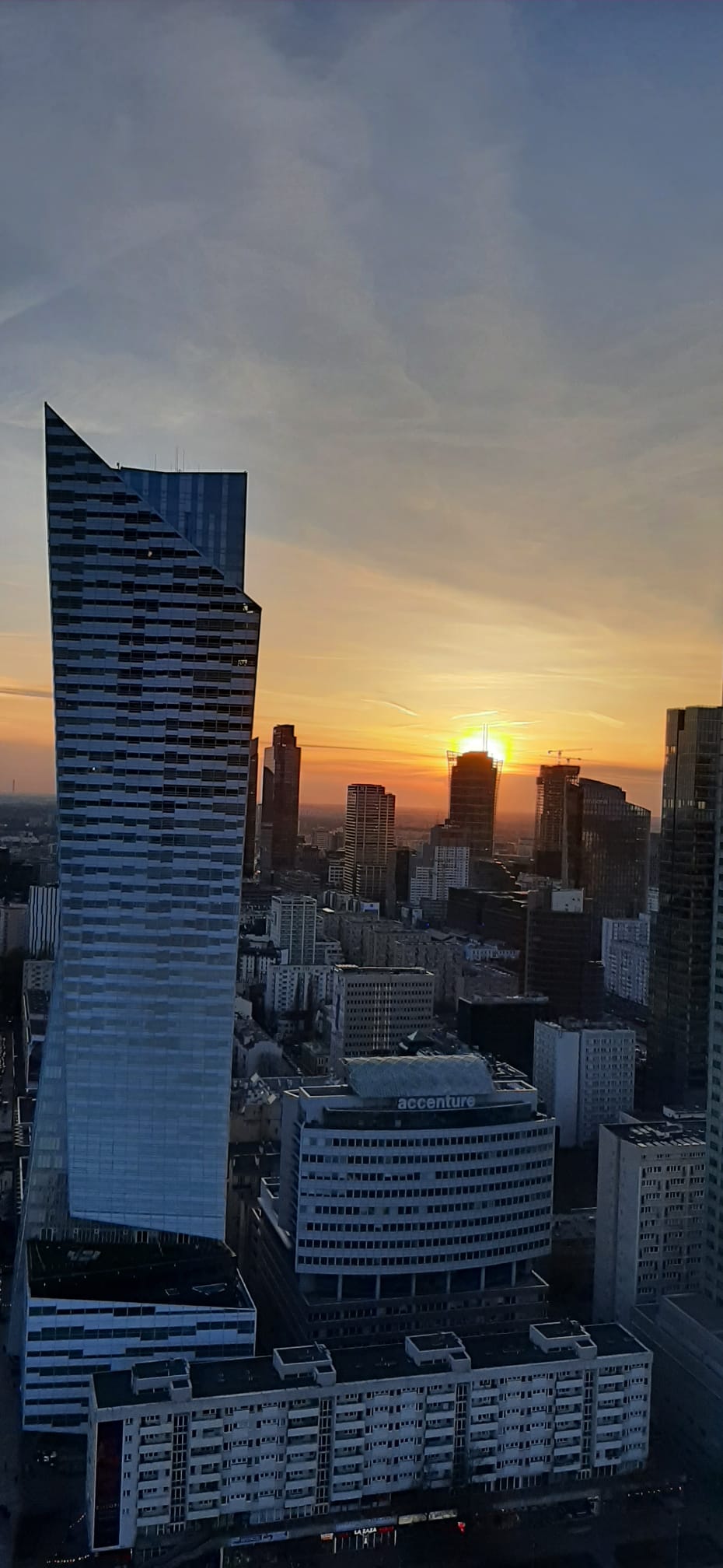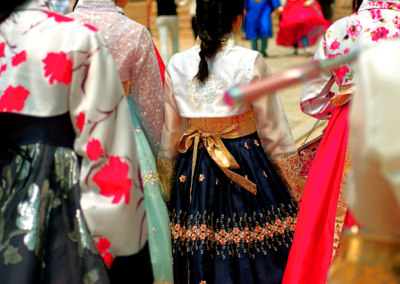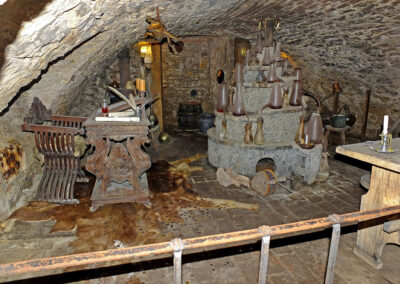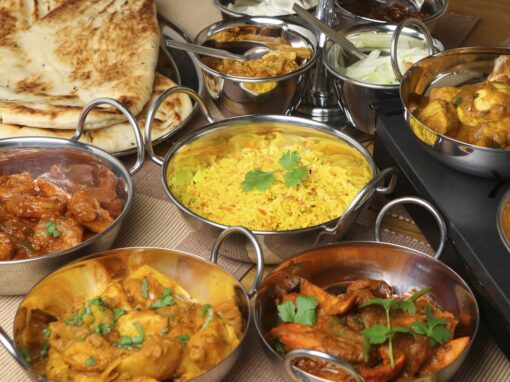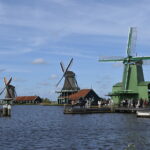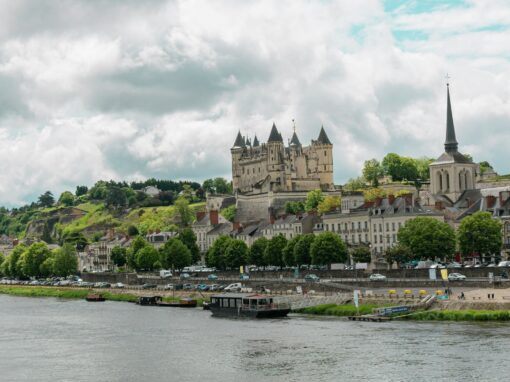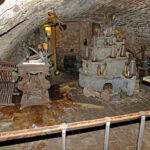As you step into Warsaw, you are not just stepping into one of Europe’s great metropoles but also a city charged with history and one which has suffered more than most.
At the heart of the centre of Warsaw, one is immediately struck by the iconic and imposing Pałac Kultury i Nauki (Palace of Culture and Science). It is a remnant of the Soviet era in the city, standing 237m tall and towering above Warsaw’s plethora of skyscrapers. It is only dwarfed by the Varso Tower office complex, both Warsaw and Poland’s tallest building at 310m.
It stands as a reminder of Poland’s challenging past but also as an emblem for the cultural vibrancy of the city. It houses many of Poland’s public and cultural institutions including cinemas, theatres, libraries, university faculties and authorities of the Polish Academy of Sciences. On all sides it is surrounded by Warsaw’s bustling streets and busy roads. Warsaw certainly comes close to a city than never sleeps.
It can be easy to assume Warsaw as just another European financial and economic hub. And it is, to an extent. Warsaw is the economic hub of Poland. The Warsaw Stock Exchange is the most important stock exchange in both Central and Eastern Europe. Yet beyond the bright lights, skyscrapers and ubiquitous transportation lies a city with a deep comprehension of its past and insightful vision for its future.
The Stary Miasto is Warsaw’s Old Town, a mere 15-minute tram journey from the Palace of Culture and Sciences. This is the historic core of Warsaw. However, it is not as extensive as it was. This area of Warsaw was destroyed by the Nazis in 1944 following the Warsaw Uprising. As the allies closed in and Varsovians (people of Warsaw) sensed the end of the Second World War, they revolted against the Nazi occupation. The Nazis prevailed in this conflict, however, and decided to destroy the city in one final act of brutality.
Today the Stare Miasto is not the Old Town it once was but has been successfully rebuilt to provide at least some lasting idea of the historic quarter of Poland’s biggest city. The Old Town features the Royal Castle, an extensive main square, a network of charming cobbled streets and the Stary Rynek (Old Square) which is home to a statue and an array of colourful buildings. The Warsaw authorities have worked hard to restore what was lost during the war.
The museums in Warsaw are a spectacular guide to the history and cultural fabric of the city. The Muzeum Narodowe (National Museum) provides an array of paintings from Polish painters. The POLIN Museum of Jewish History in Poland offers an in-depth guide to a thousand years of history of Jews in Poland, from the early Jewish settlers in Polish to the harrowing Holocaust period and subsequent post-war era. Over three million Polish Jews were killed by the Nazis during the Holocaust and visiting the museum provides a particularly powerful immersion. The Warsaw Uprising Museum provides a detailed insight into the Warsaw Uprising of 1944, one of Poland’s most significant historical events.
Warsaw is steeped in history and although burnt and bruised by war, occupation and suffering, has continued to rise from the ashes like a phoenix. Every time Poland has been battered in some way, it has always recovered and bounced back. Like in 1945 when the political hub of Poland returned to Warsaw after it was briefly re-located to the central Polish city of Łódź as Warsaw was reconstructed.
The skyscrapers and underground metro system are testament to that. This is a fast-paced city, one that appreciates its past but one that is determined to move forward and continue building its future. Warsaw is home to 1.8 million on either side of the Vistula River which crosses through the city, dividing the capital into western and eastern sections.
It is a city that continues to be shaped by cosmopolitanism and globalisation. Although Poland is a mostly ethnically homogenous country, owing significantly to the extermination of the Jews during the Holocaust, Warsaw is now a hub of global brands and home to people from across the world. There is a palpable Turkish and South Asian influence in the city, many people from the Asian continent having come to Warsaw in pursuit of work. The influx of Ukrainians following the Russian invasion of Ukraine in March 2022 has also added to Warsaw’s mix of cultures. Fabryk Norblina is a trendy re-converted area of Warsaw that is home to a rich selection of global cuisines.
Watching the sun set across the city from the Palace of Culture and Sciences is an excellent way to breathe in the scale of the city.
Spending time in the Łazienki Park, Warsaw’s largest park spreading across 76 hectares, is also the opportune break from the bustling metropolis and the perfect way to enjoy Warsaw’s extensive green spaces. A quarter of the city’s area is covered by parks and green spaces.
Visiting Warsaw is both a flash to the future and a remnant of Poland’s challenging history. It is a city that rarely stops, one that is steeped in fortitude and resilience for overcoming the suffering of its past. It is also a city that is continually evolving, increasingly cosmopolitan and a city whose geopolitical significance is growing all the time. A trip to the Polish capital is essential to begin to get under the surface of a country with a remarkable ability to bounce back.
